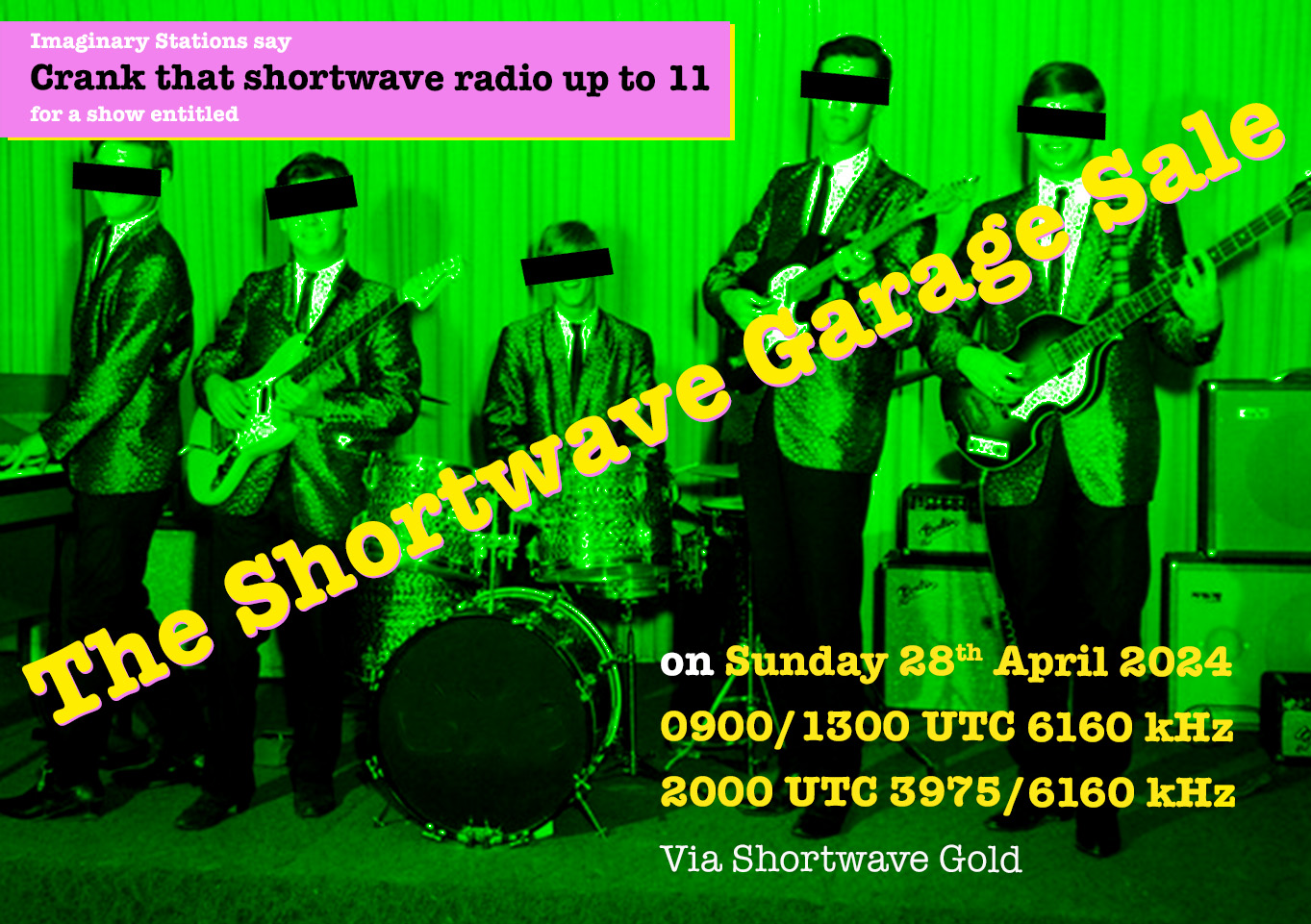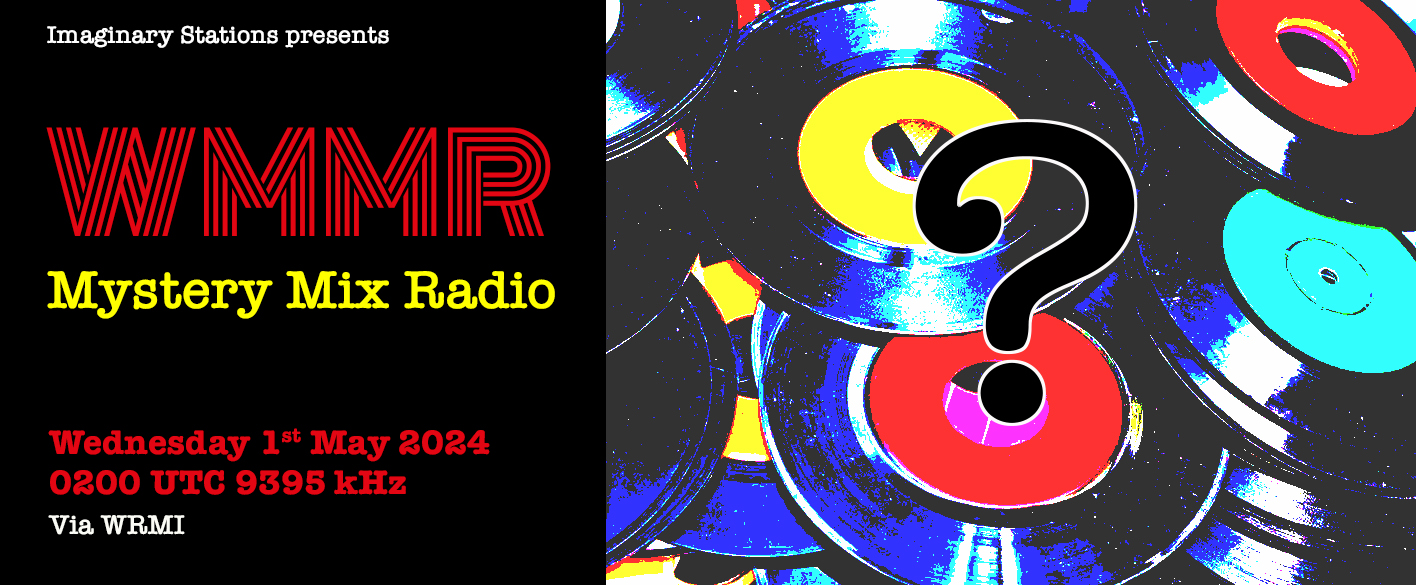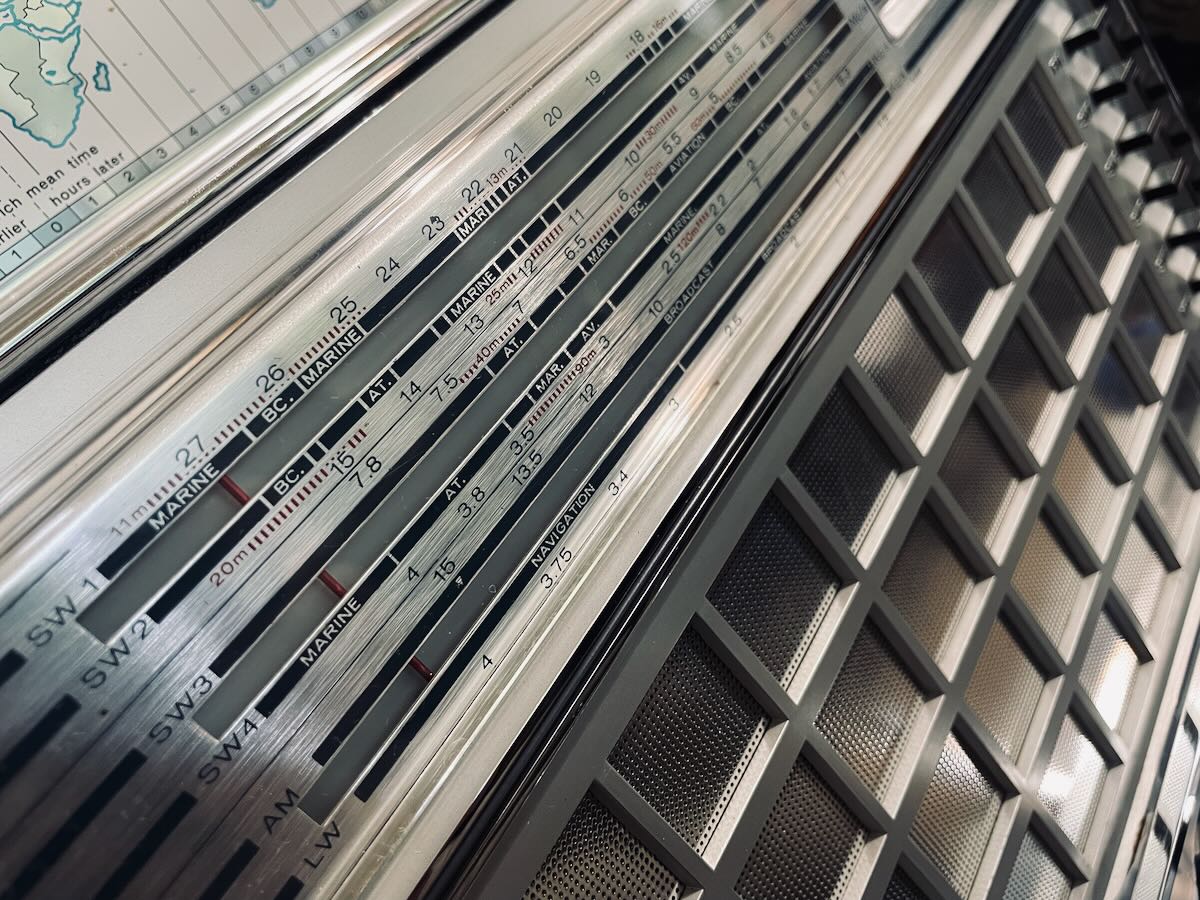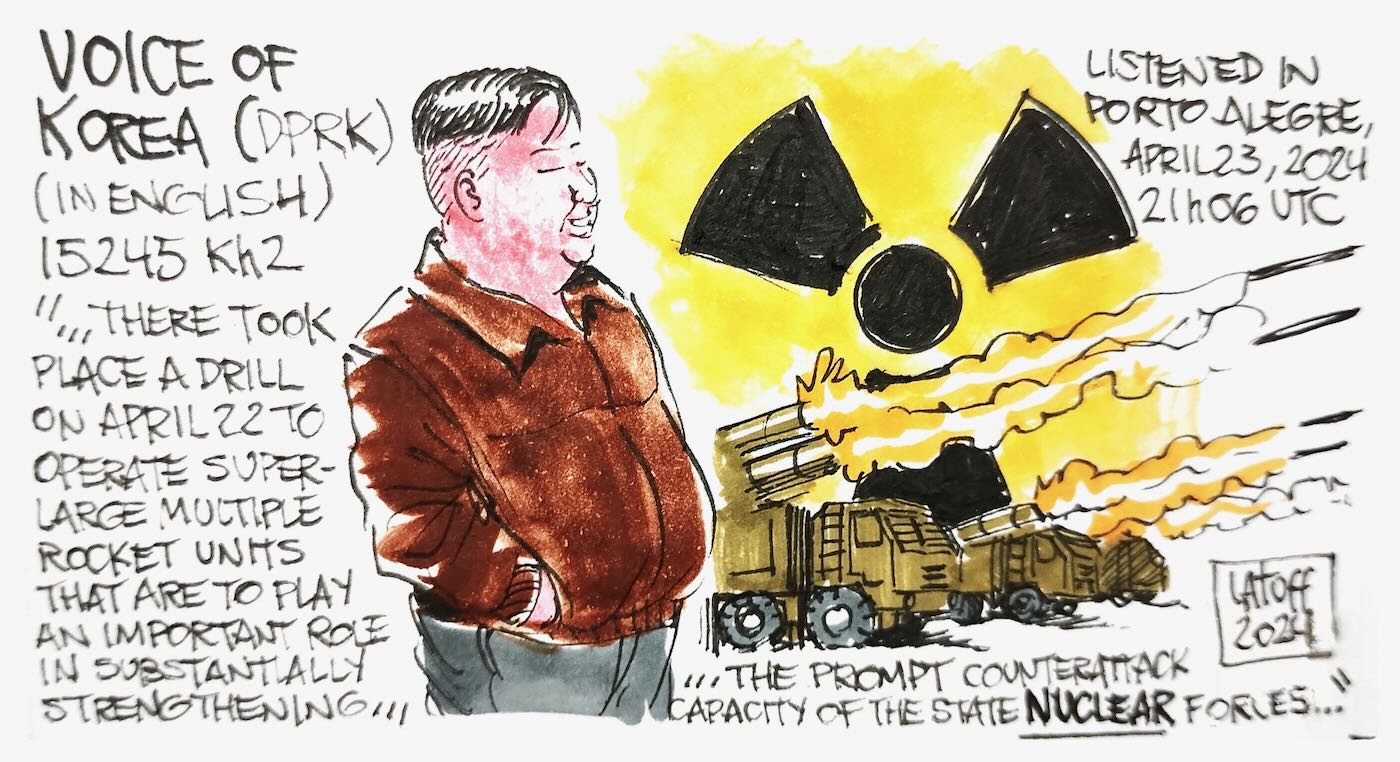Many thanks to a number of readers who’ve sent me the following email announcement (that I unfortunately) also received today from Martin Jue at MFJ Enterprises:
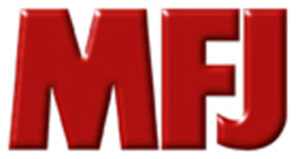 Heavy Sad Heart
Heavy Sad Heart

Dear Fellow Hams and Friends,
April 25, 2024
Dear Fellow Hams and Friends,
It is with a sad heart as I write this letter.
As many of you have heard by now, MFJ is ceasing its on-site production in Starkville, Mississippi on May 17, 2024. This is also the same for our sister companies’ Ameritron, Hygain, Cushcraft, Mirage and Vectronics.
Times have changed since I started this business 52 years ago. Our product line grew and grew and prospered. Covid changed everything in businesses including ours. It was the hardest hit that we have ever had and we never fully recovered.
I turned 80 this year. I had never really considered retirement but life is so short and my time with my family is so precious.
I want to thank all of our employees who have helped build this company with me over the years. We have many employees who have made MFJ their career for 10, 20, 30, 40 and more years.
We are going to continue to sell MFJ products past May 17, 2024. We have a lot of stock on hand. We will continue to offer repair service work for out-of-warranty and in-warranty units for the foreseeable future.
Finally, a special thanks to all of our customers and our dealers who have made MFJ a worldwide name and a profitable business for so many years. You all are so much appreciated.
Sincerely Yours, 73s
Martin F. Jue, K5FLU
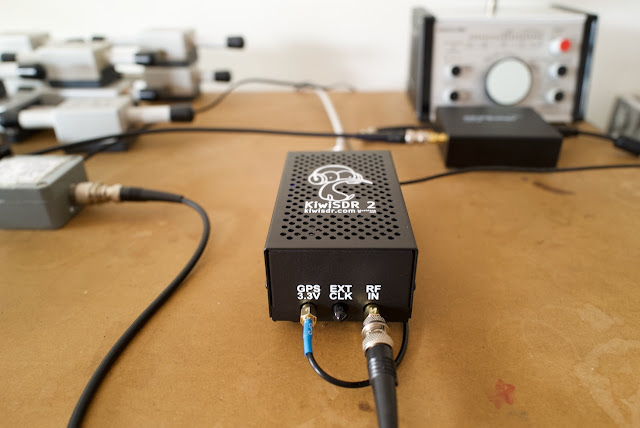 Many thanks to SWLing Post contributor, Frans Goddijn, who writes:
Many thanks to SWLing Post contributor, Frans Goddijn, who writes:


